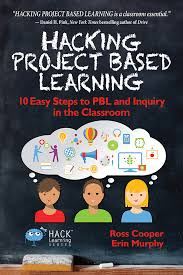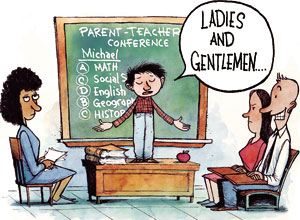There is a difference between not knowing and not knowing yet!

It is key to carry growth mindset from your classroom approach to your assessment approach. So many of us have taken the time to explain to our students what growth mindset is and how to push oneself in a learning environment. However, this chapter emphasizes how critical it is for teachers to support a growth mindset in the way that we assess our students. Currently, there tends to be a mismatch between how we approach the growth mindset in the process of learning and how we assess students on a single performance (fixed mindset).
We commonly give summative assessments at the end of a unit. However, these assessment methods support a fixed mindset in nature and assign a grade upon completion. They give a snapshot of how a student performed in a fixed moment of time on a particular task. This approach generally does not create an accurate view of the student. While there is a purpose for these assessments, such as data collection and the ability to show growth, students should have more of an opportunity to be assessed when they reach a level of mastery, or be able to recognize where they fall on a continuum of mastery. This concept aligns beautifully with proficiency-based progress. Please keep this in mind as you attend PL 2.0 in August.
Dweck asserts that, “Formative assessment also doesn’t have to be –and shouldn’t be–retaking the same test over and over again, but students who need more opportunities to demonstrate progress can show that in other ways like correcting the test, teaching material to another student or teacher, writing a new version of the test and answering it, or completing other student-generated forms of assessment.” (p. 163)

This chapter has many key points about formative and summative assessments, but what resonated the most was the difference between creating knowledgeable students vs. students who are knowledge-able. With information at their fingertips, students should be pushed beyond remembering information. Their thinking should shift to learning how to generate quality questions and findanswers. Assessments can include demonstrating mastery. Here are a few examples of how you can alter your assessment formats to consider an approach that allows students to apply their knowledge.
Many of the examples shown above in the right column reflect problem based learning. If you are looking to learn more about PBL, you may want to explore the following resources.

Another key practice for our students that supports growth mindset and our learner profile, is reflection. Dweck proposed some sentence stems to be sure to consider using when prompting reflection.
- I’m still wondering..
- I understand…
- I can apply my learning…
- A confusing part was…
- I think I’ll understand better if…
- If I don’t grasp a concept, I can…



